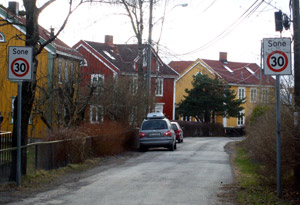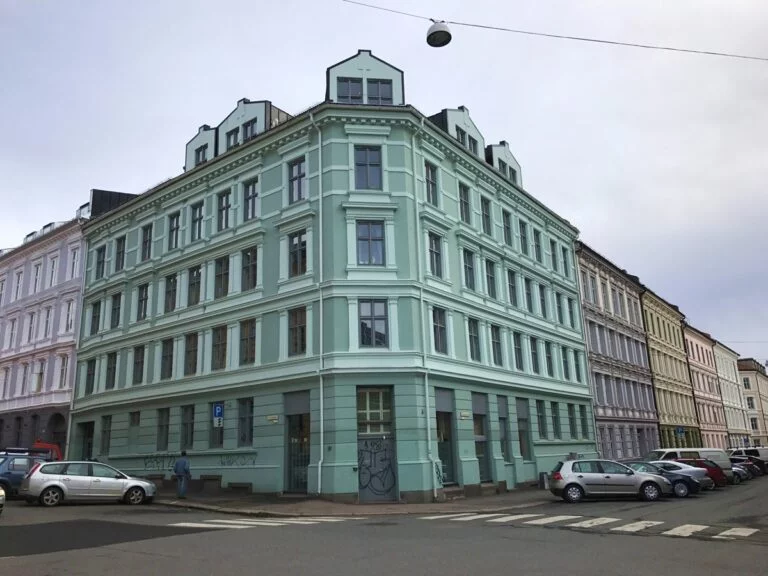
Here is a quick guide to some of the most popular areas of Oslo for foreigners to live in.
City Centre
The city centre of Oslo is so compact you can walk across it in about 20 minutes. Unlike many European cities, the centre is not known for its residential population, although there are a number of places springing up. Aker Brygge offers wharfside apartments with views of the fjord, but this is a high tourist area with bars and restaurants, perhaps better suited to short term lets then a quiet family home.
Other apartments are dotted around the centre but you will pay for the privilege. Some student accommodation and hostels are also located here, such as the Anker complex on Storgata. As the city is so compact with excellent transportation, living outside this central core area is the norm for most people.
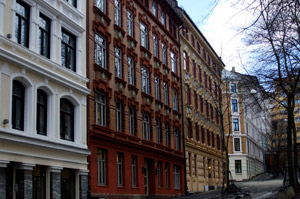
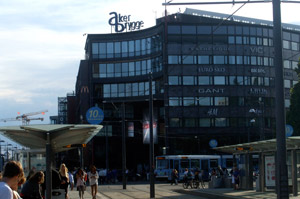
Western Inner Oslo
Behind Aker Brygge is Vika, a quieter area with many apartment blocks popular with young couples. To the north west of the city centre are the popular residential areas of St. Hanshaugen and Bislett, both offering a wide variety of housing. St. Hanshaugen Park is the focal point, a park built on a steep hill which offers great summer views of the city and fjord. Further out towards suburbia you find Frogner and Majorstuen, both hugely popular with expats.
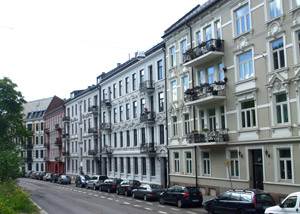
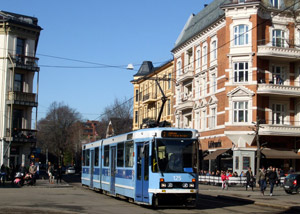
Eastern Inner Oslo
A popular choice with Oslo's younger population, the eastern side of the inner city is also the most ethnically diverse. Grønland, almost a continuation of the city centre these days, offers the best value close to the city, both in terms of lower accommodation costs and cheaper shops and restaurants, the majority of which are ethnically influenced. Many smaller apartments and hybels (bedsits) are available throughout the area.
Just north of here, Grünerløkka is the trendy hipster hangout with cafes, bars and boutiques on every corner. Tøyen is a popular choice with young professionals as it's close enough to walk into the city centre (via Grønland or Grünerløkka) yet offers the best value in the area, along with nearby Carl Berners Plass and Sofienberg. Slightly eastwards and heading away from the city centre, Kampen is a pretty neighbourhood with more of a family atmosphere.
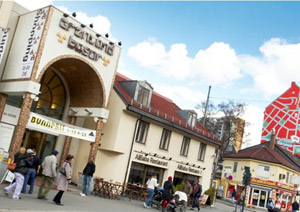
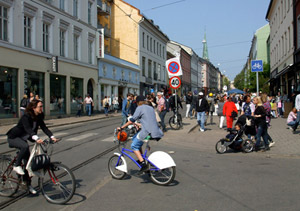
Northern Suburbs
Due north of Grünerløkka, Torshov inherits much of its neighbour's inner city feel, albeit in a more shabby state. Nydalen and surrounding areas are popular with students at BI (Norwegian Business School), while Ullevål-Hageby is worth a look for those studying or working at the University of Oslo. Further north into the hills you will find Grefsen and Kjelsås, pleasant residential areas full of family homes with good tram links to the city below.
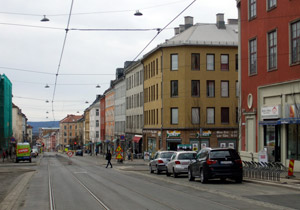
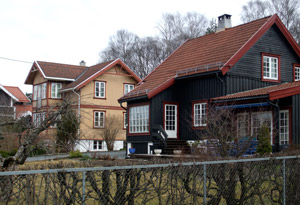
Western Suburbs
Most of western Oslo lies in picturesque surroundings, either in the hills or along the fjord. The peninsular of Bygdøy is a pleasant yet pricey neighbourhood, well-linked to the city by boat and bus. For those with money to spend but in need of good transport links, consider heading to the hills to the Vestre Aker borough, where many picturesque areas sit along the Holmenkollen line (line 1) or the Røa line (line 2) of the T-Bane metro system. Ullern is also a popular choice with families for its quiet location.
On and beyond the city border with Bærum, several areas are worth a look if you work on this side of the Oslofjord, for example at Lysaker or Sandvika. Transportation into the city will take a little longer, but you may find accommodation more affordable.
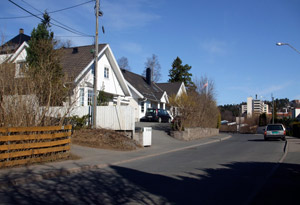
Eastern Suburbs
Traditionally the poorer, working-class side of Oslo, the eastern suburbs now offer a diverse range of options and must surely be the best value area of the city, especially if you're looking to buy. Extending for miles to the east, areas vary wildly and your best bet is to take a ride on the T-Bane and investigate. Popular areas with individuals, young couples and families include Helsfyr and Hellerud.
One attraction of many eastern suburbs is their proximity to Østmarka, the forests surrounding this side of the city, great for skiing in the winter and hiking and cycling the rest of the year. Value-seekers should consider the apartment blocks of the ethnically diverse Furuset and Stovner, both quite a distance away from the city centre (10-12km) but still within 25-30 minutes on public transport.
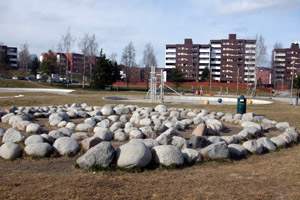
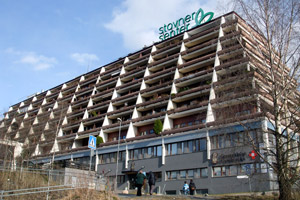
Southern Suburbs
The city also extends some distance to the south, along the eastern edge of the Oslofjord. Ekeberg offers great views of the city and some high quality housing. Good value can be found further down the fjord in the borough of Søndre Nordstrand, although public transport into Oslo can be crowded in rush-hour.
